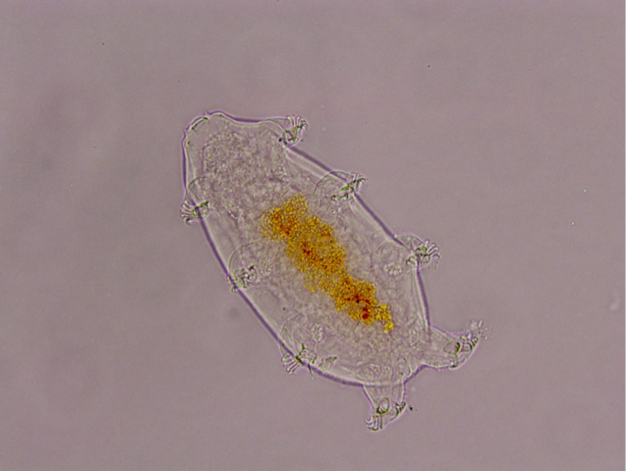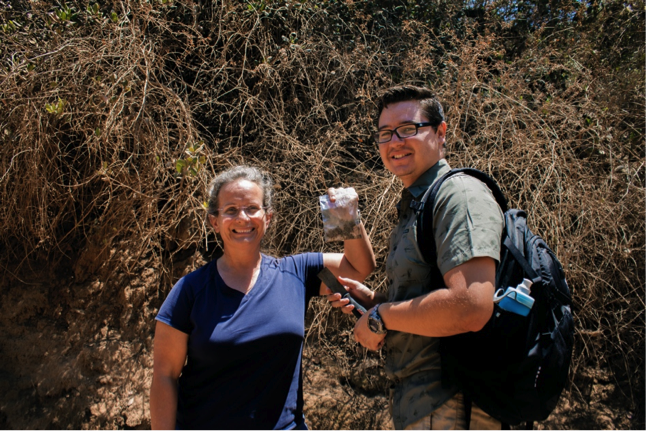By: David Varisco
I can’t believe it’s week 9 and I’m most of the way through my Research Experience for Undergraduates (REU) experience. Even today it still feels like we only just got here. The first week at USC was spent getting oriented to the program, meeting our mentors, and most importantly getting to know the other REUs. At one point or another I’ve heard each person mention the same thing. Everyone was worried about who the other REUs would be and whether we would all get along. Honestly I’m not sure things could have turned out much better.
During the first week everyone just clicked and we have all gotten along so well, it’s made the experience that much more enjoyable. Paul and Nolan are from the Los Angeles area and they spent the first week taking us to a bunch of great places around LA. We went to Griffith Park at night, we saw Santa Monica Pier, we went to downtown LA to see the art walk, and made a couple trips to In and Out for dinner (easily the best fast food hamburgers in the world).
Once our first week was over everyone was ready to get to the island. The boat ride over did not disappoint as more than a couple pods of dolphins swam along with the boat and one of them just about jumped aboard the Miss Christi it was so excited for our arrival. We are treated so well here at the Wrigley Center. The staff have taken us out on some really cool snorkeling and kayaking trips, the lab staff are super helpful, and the food is so good. I will be so sad to go back home and cook for myself again.
Ok so, I’ve made it about 2 paragraphs, and I have yet to mention my research project. That’s how much fun we’ve been having here. I am working with Dr. Daniel Campo and grad student Hamdi Kitapchi on a project to describe the ecology of Pollicipes polymerus, commonly known as a gooseneck barnacle, here on Catalina Island. My project involves a large amount of fieldwork where we go out and study the habitat the goosenecks live in and look at the community of species that they live with. During the four weeks I’ve been here we’ve made trips to Little Harbor, Parson’s Landing, and Ship Rock, all very interesting spots on Catalina. During our first trip to Little Harbor we saw a large herd of bison which everyone was really excited about and I did my first real work in the field. Each trip has been a lot of fun and every time out it feels like we learn something new.
Another part of my project deals with trying to describe how wave motion affects certain characteristics of gooseneck barnacles. We are using plaster of paris cubes placed in specific parts of the intertidal zones next to the barnacles we are studying. We compare how much plaster dissolves over time to a control that sits in still water and gives us a way to quantify differences in wave motion between each site. It’s a very elegant and inexpensive way to obtain this type of information, and I can’t wait to see how they turn out.

Wave motion setup – far left is the temperature sensor, and the white plaster cubes are on the right. Gooseneck barnacles are at the top of the rock.
Now we are thinking about wrapping up our projects and preparing for the end. I still don’t want to think about that too much, the experience has been that good. I have learned so much and met some amazing people. I will certainly be sad to get on the Miss Christi again and leave the island.
David joins the REU program from the University of Maryland-College Park, where he is specializing in Biology-Ecology and Evolution (Class of 2017).







